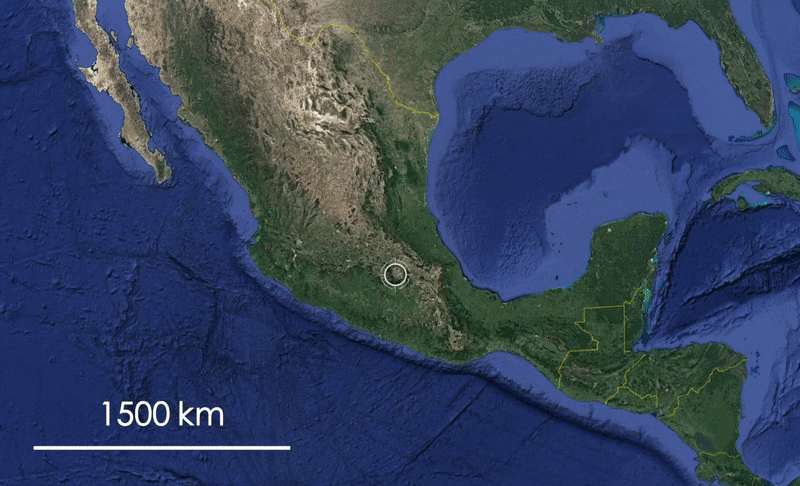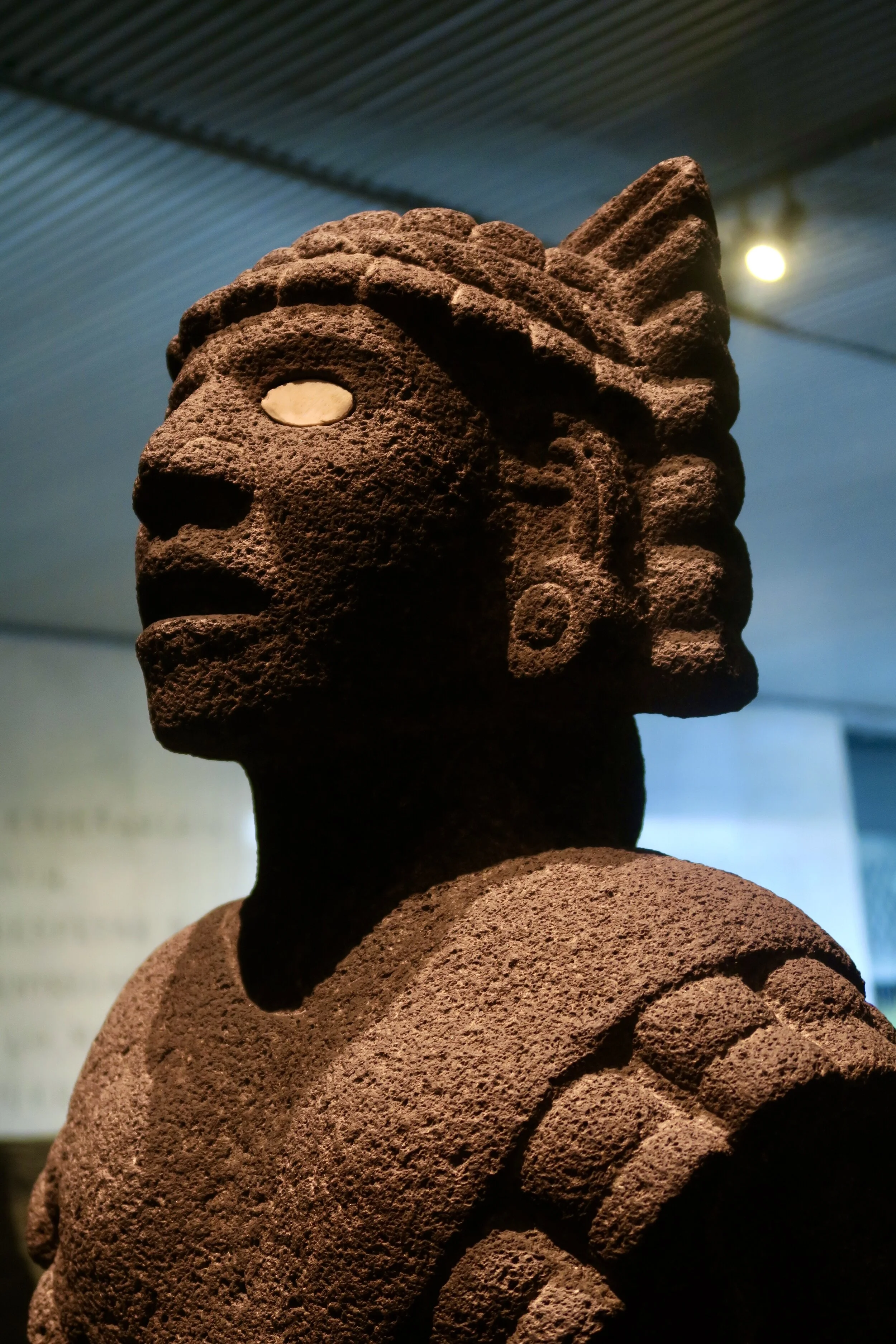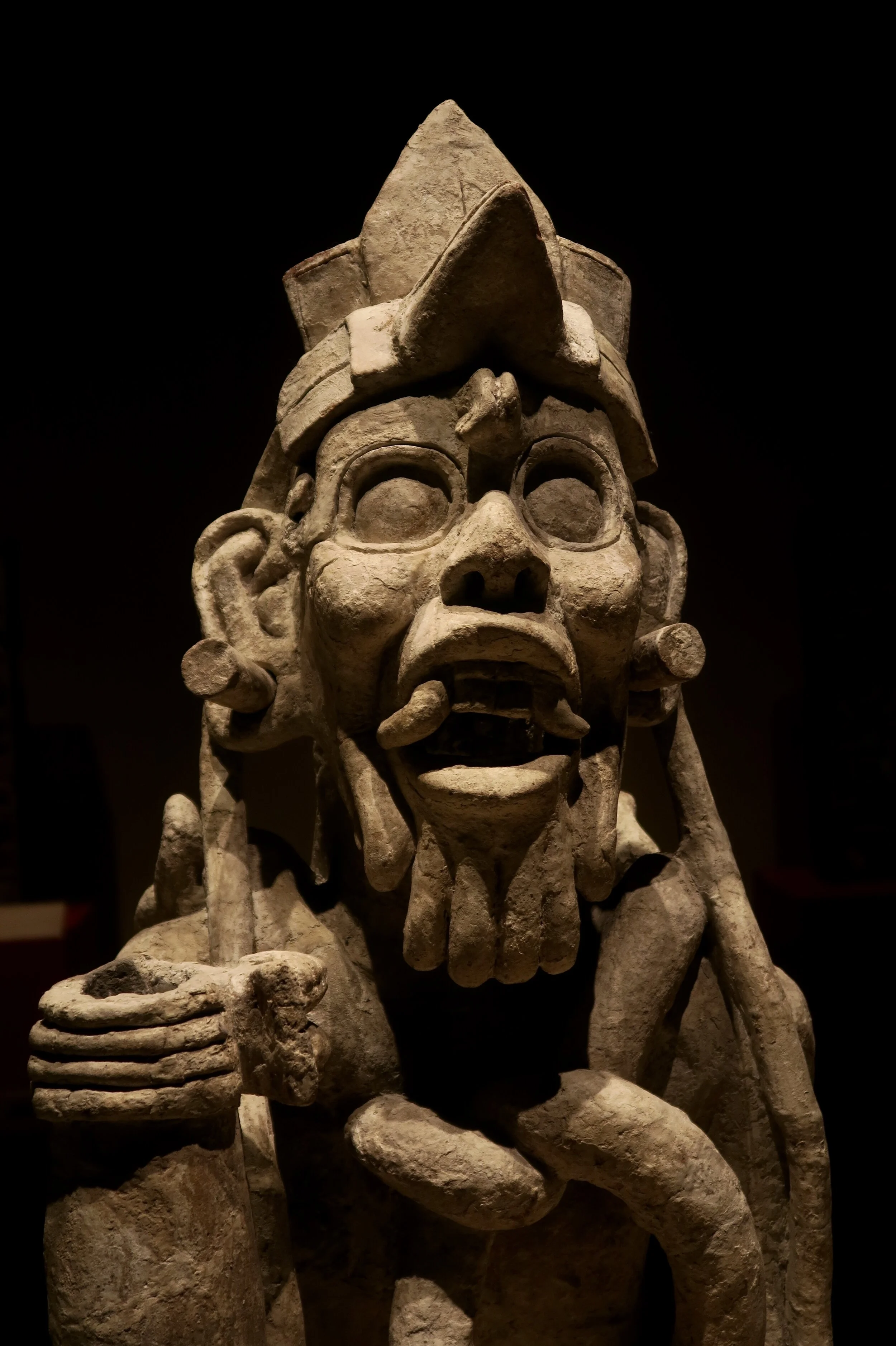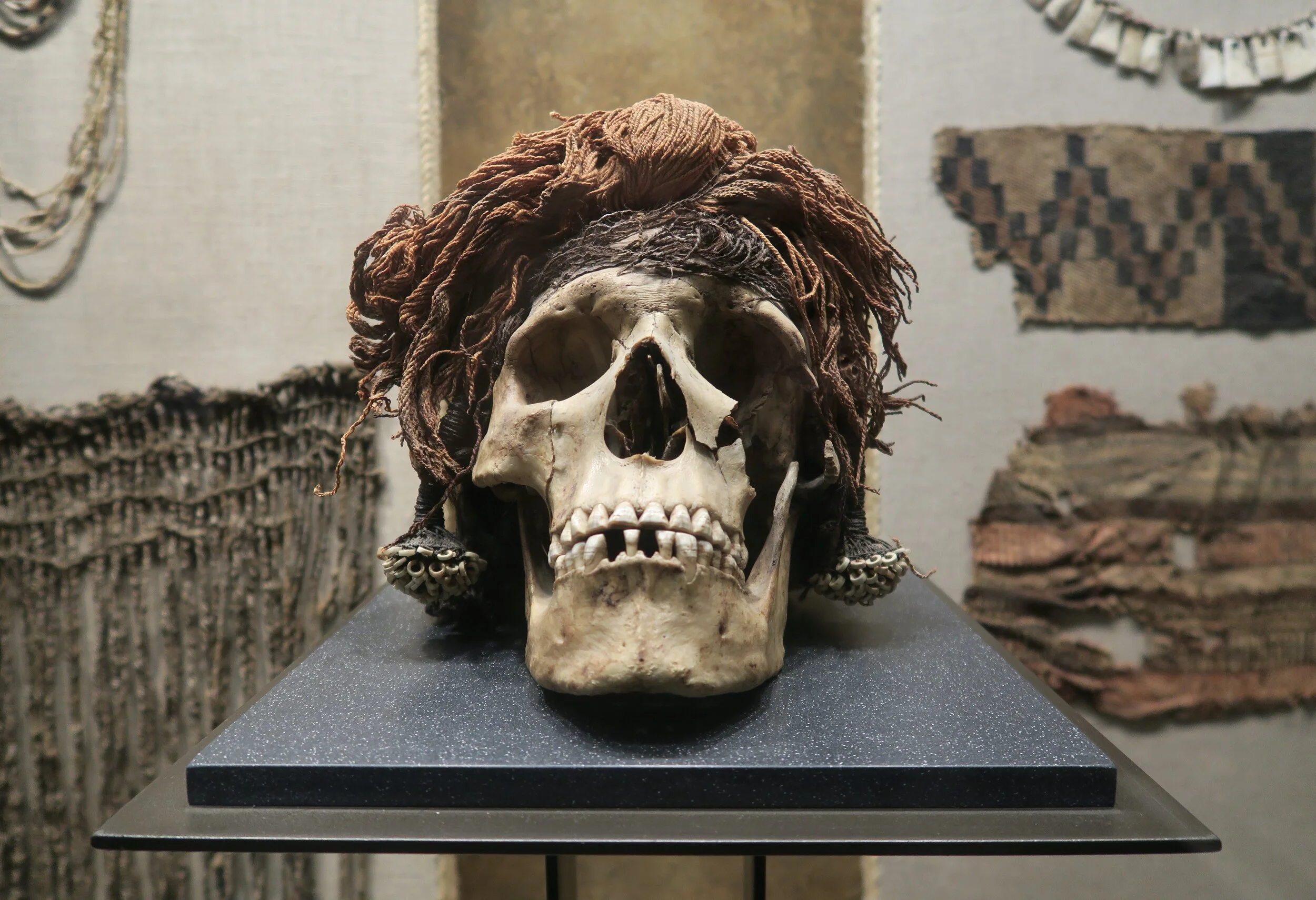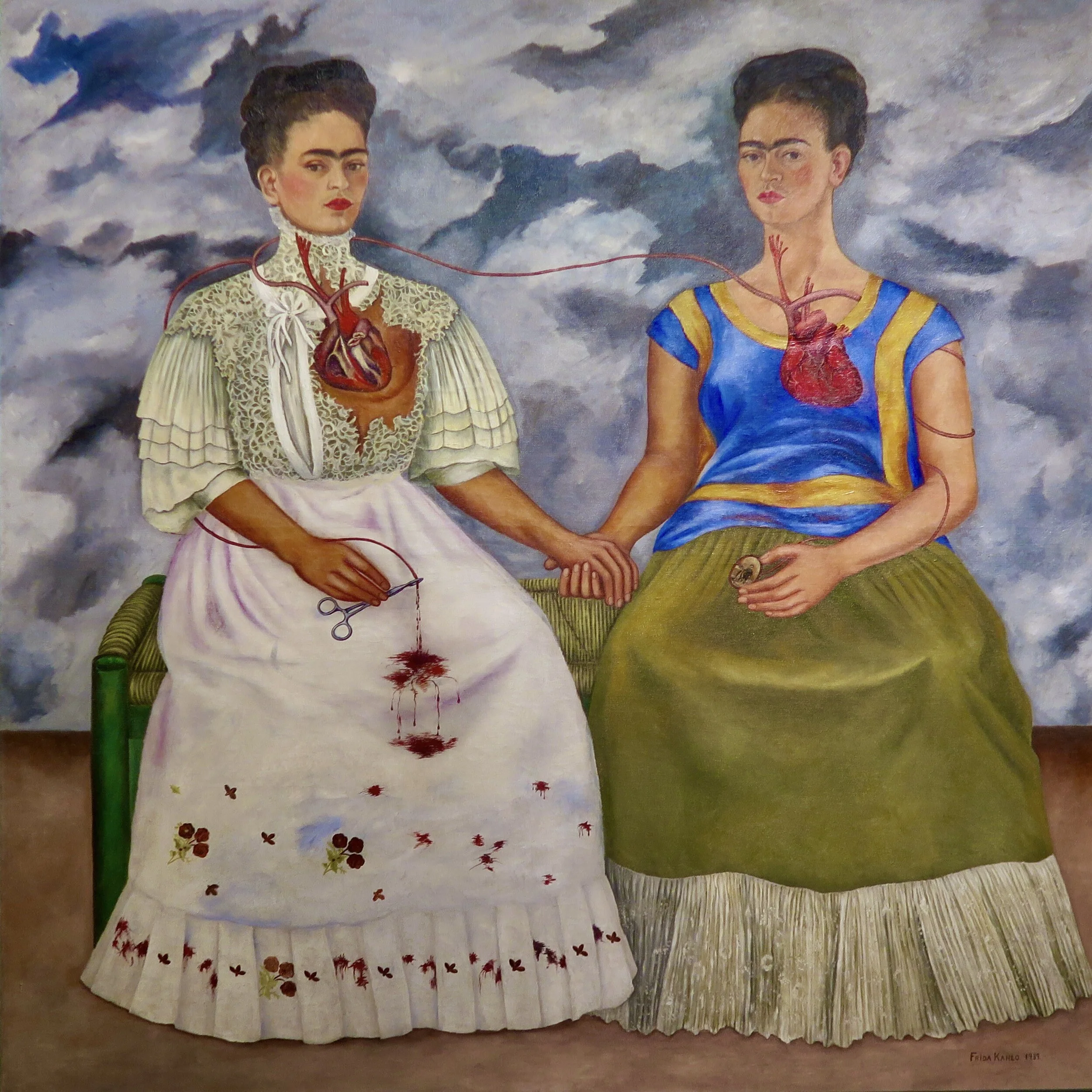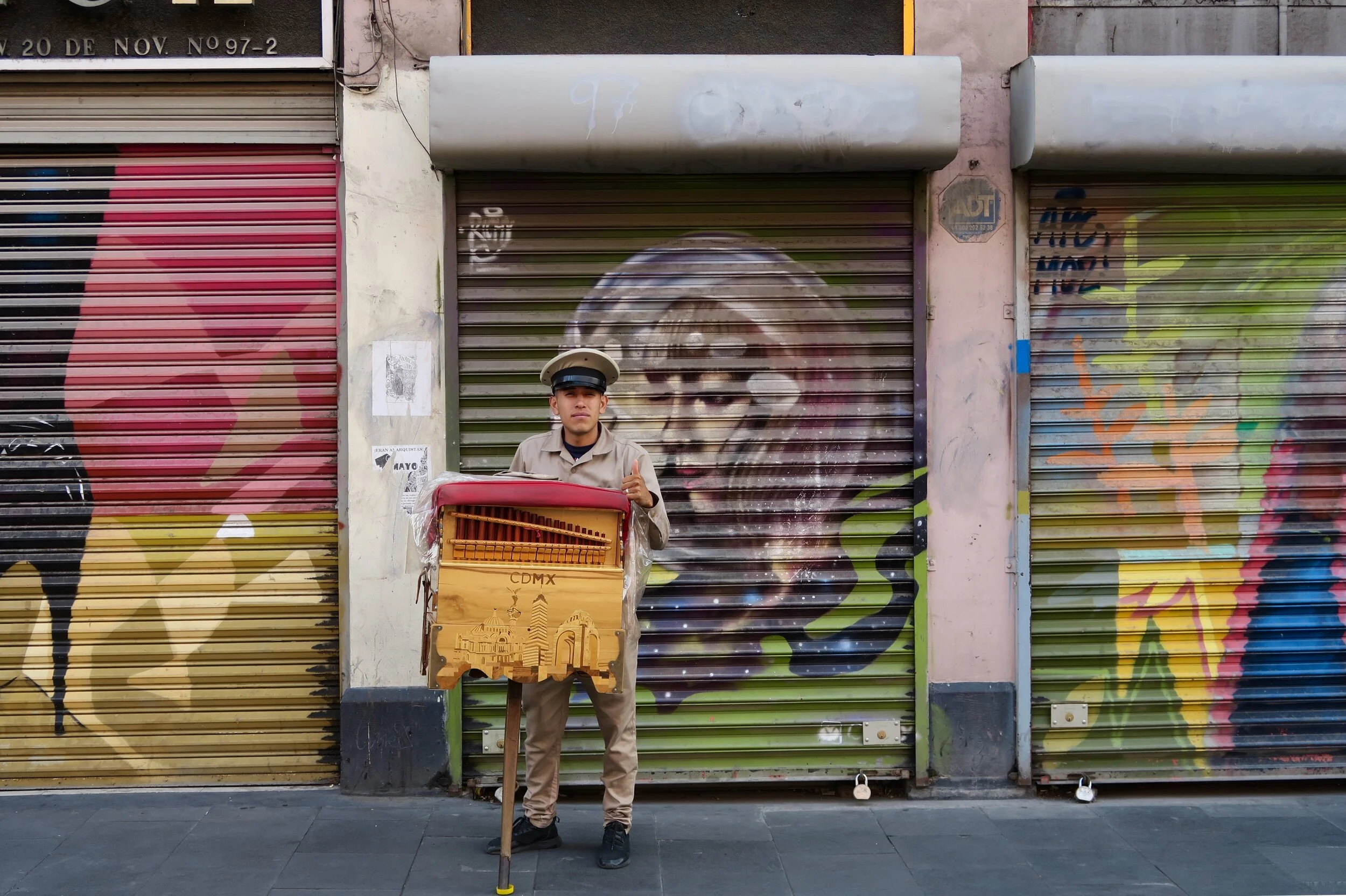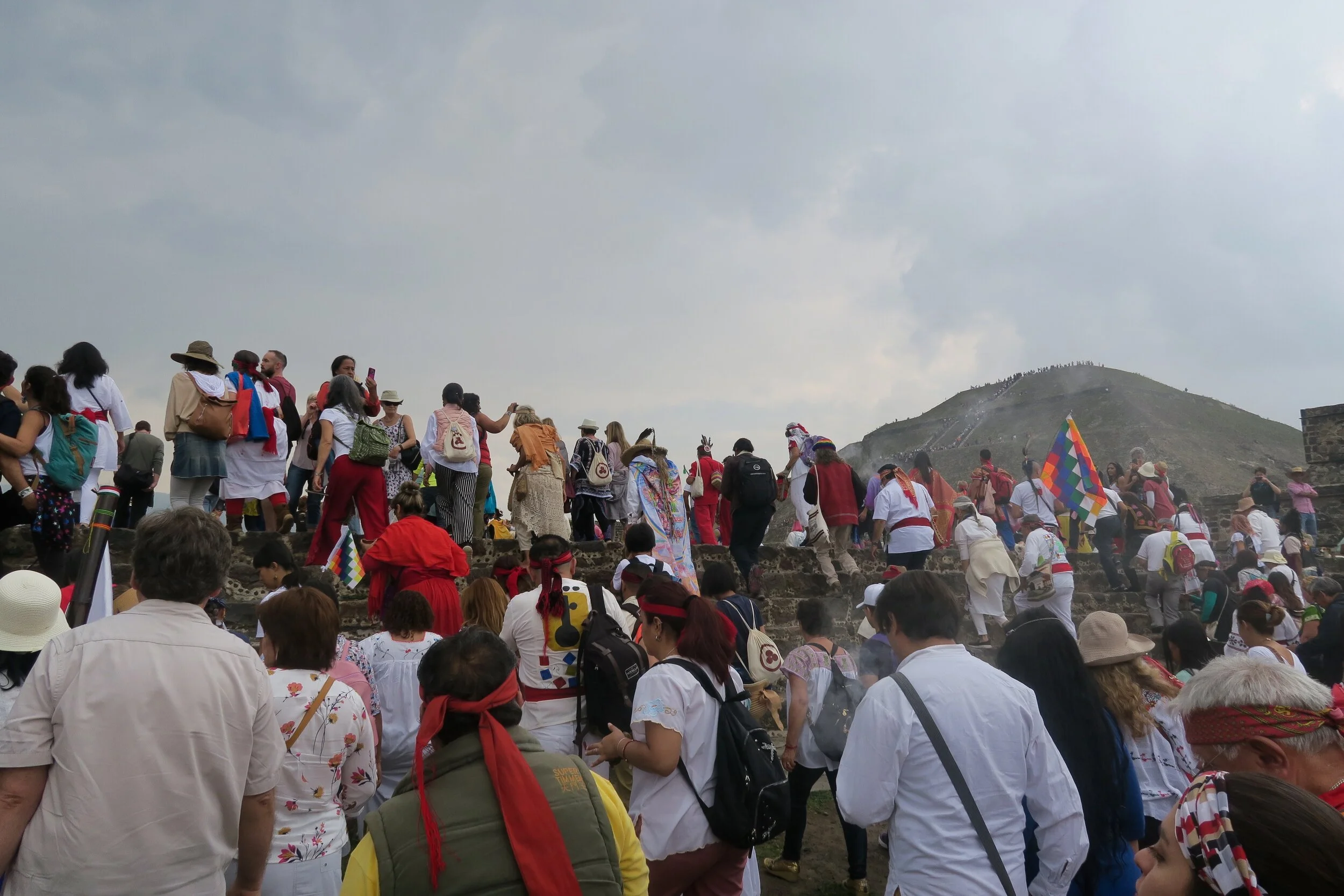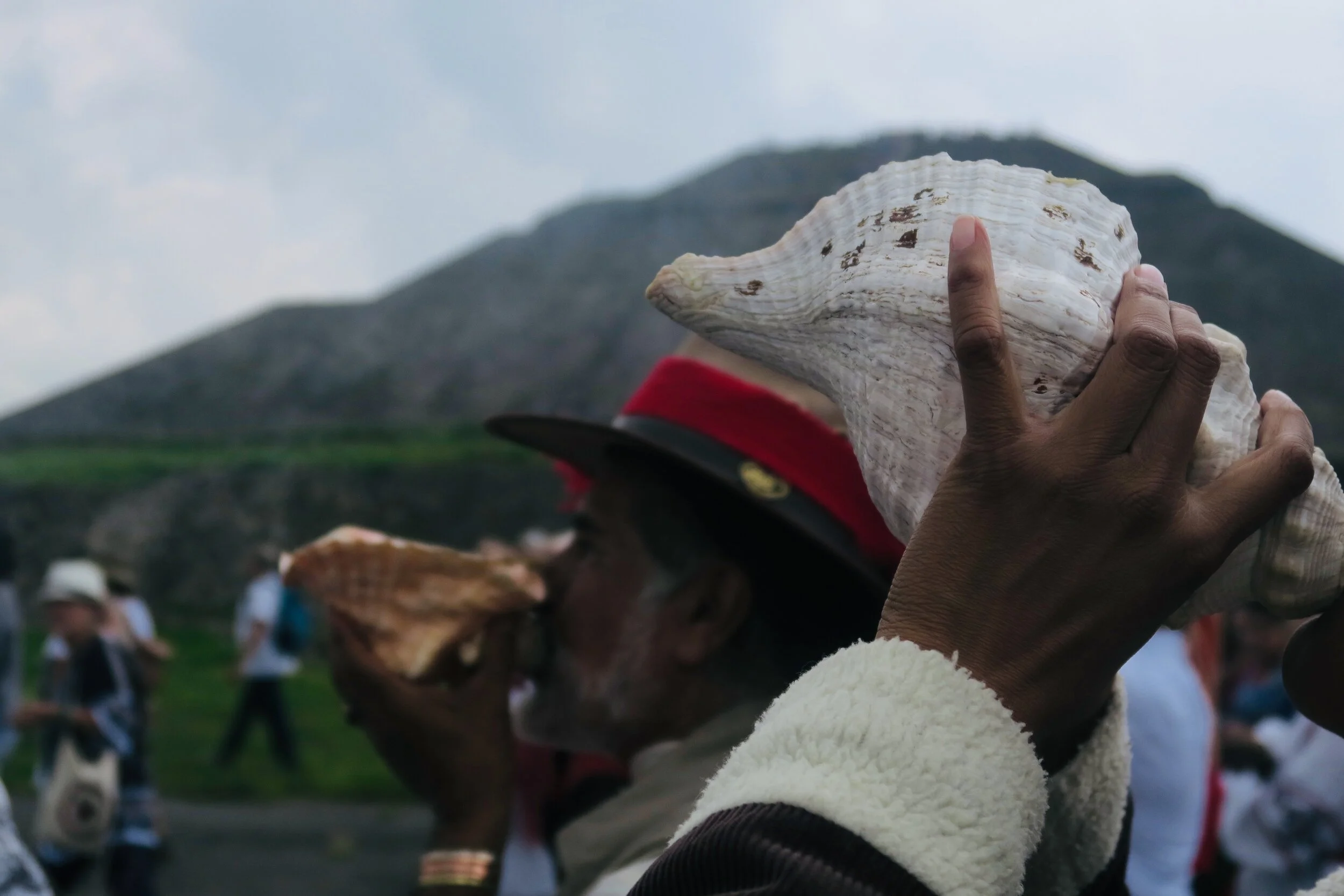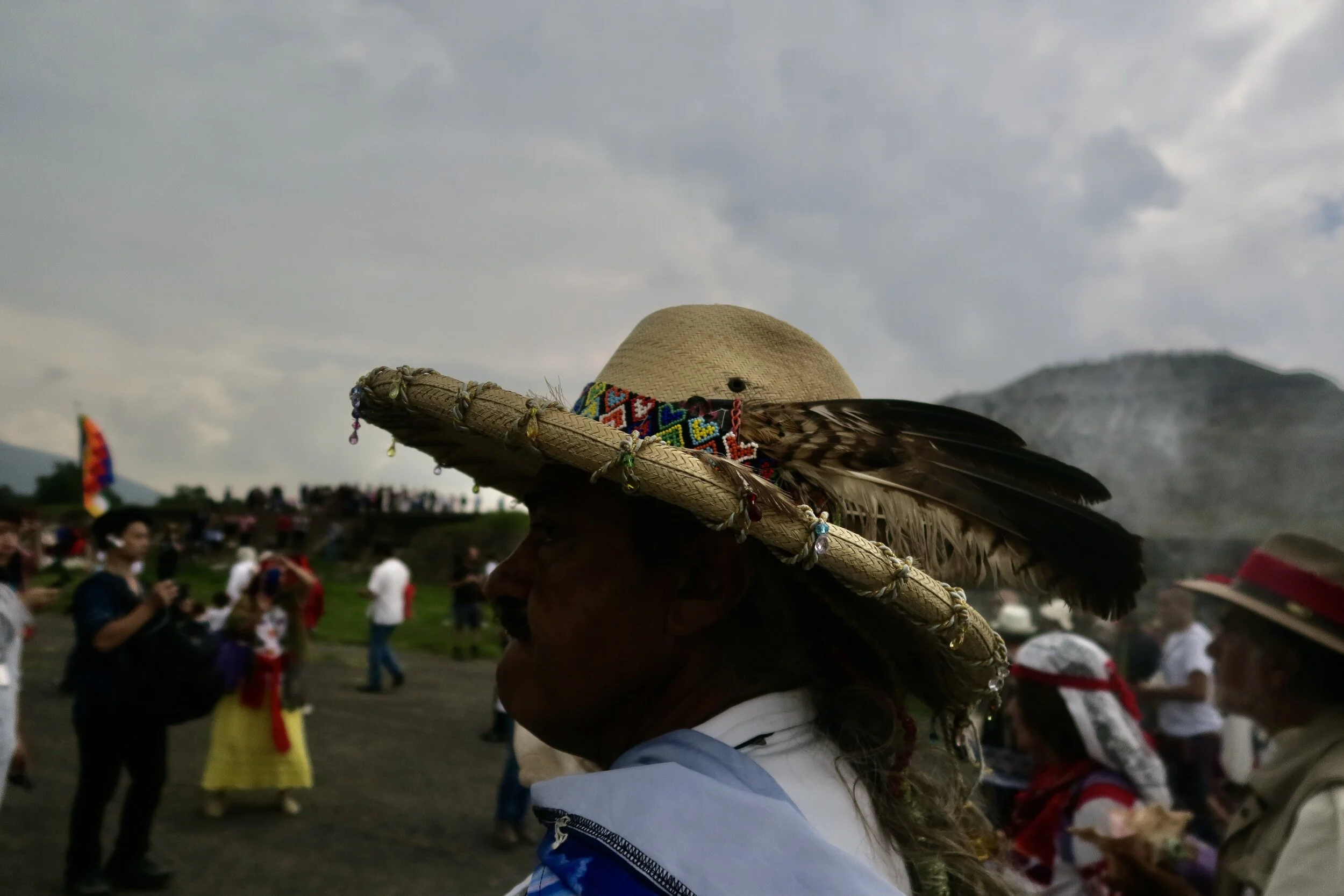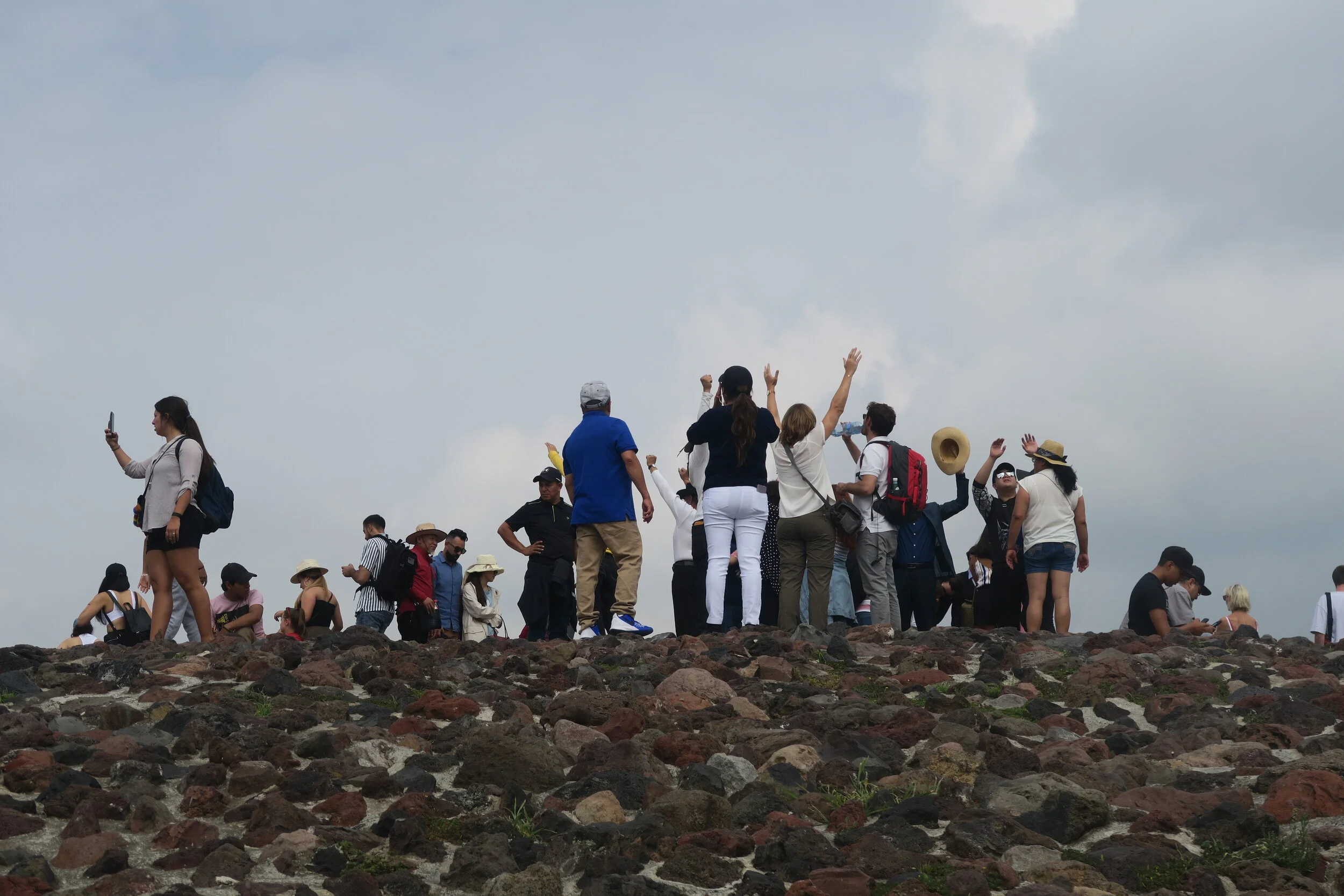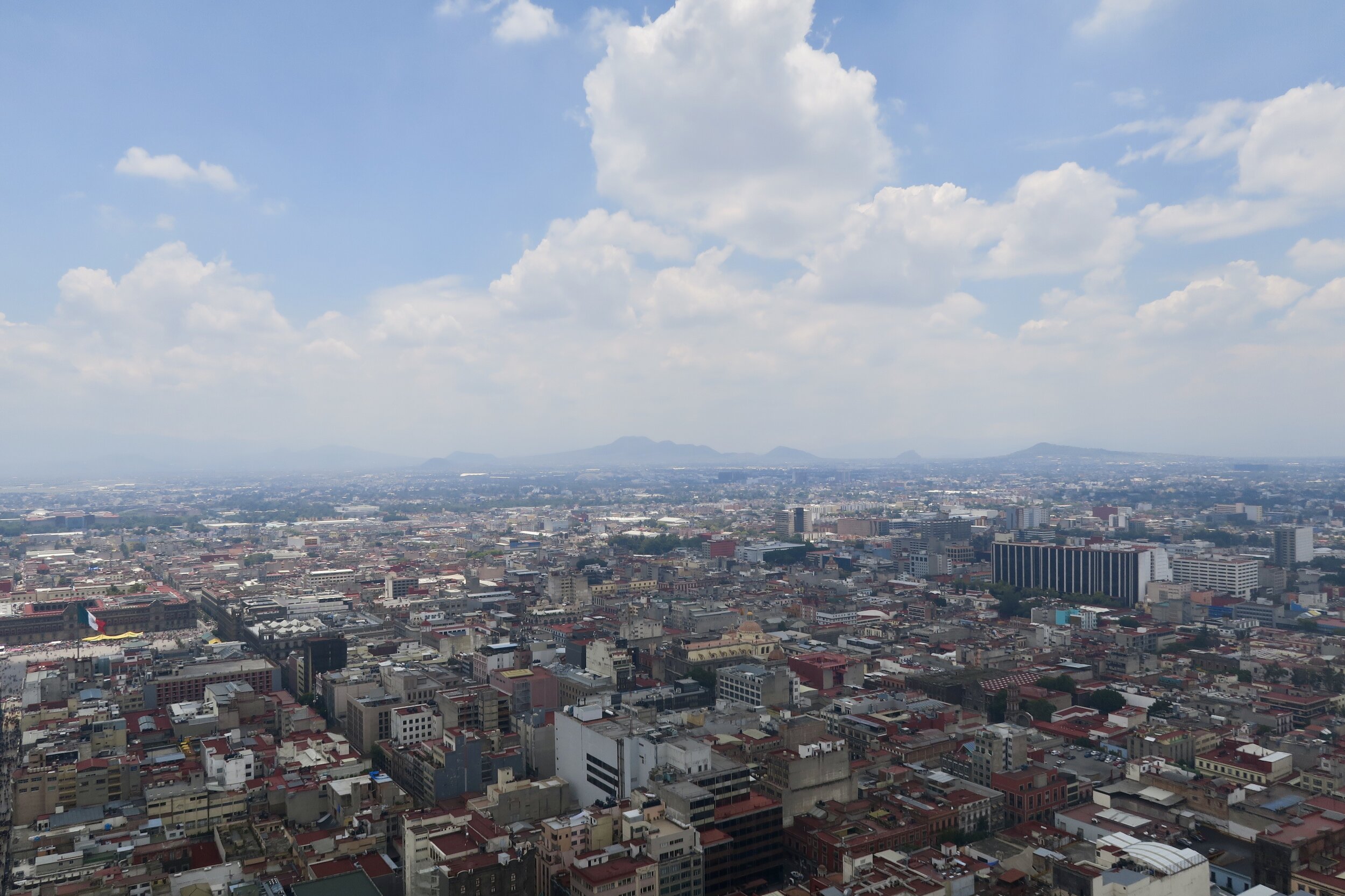
The “New-York” of Latin America
A brief introduction to Mexico City
Photographs and Text by John Korngold
—
Mexico’s capital is home to some twenty-one million inhabitants, making it the largest city in the Western Hemisphere. It is so big that you could drive through it for hours without seeing it come to an end, and changing neighborhoods feels more like changing cities.
Some distant relatives of mine hosted me in this chaotic city, as my month-long journey across the country was coming to an end.
Mexico City is located deep inside the country’s mountains. It’s one of the oldest capitals in the Americas, first founded by the Aztec people in the 14th century, then taken over by the Spanish conquistadores in the 16th century. The Spaniards rebuilt the city to European standards, but some remnants of its indigenous inhabitants remain visible in the historical center, Zócalo.
Today, it’s the country’s political, economic and cultural center.
Architecture
Its various neighborhoods, known as colonias, are filled with architectural curiosities, testaments to the city’s history.
The Palacio de Bellas Artes, located in the historical center.
The Paseo de la Reforma, modeled after the Champs-Élysées in Paris, runs diagonally across CDMX, connecting the city’s colonias together.
A couple of streets away, the 166 m (545 ft) Torre Latinoamericana is famous for having withstood the 1985 earthquake that ravaged the city.
View of Paseo de la Reforma and its Angel of Independence.
The Torre Latinoamericana, located in the historical center.
Art
Mexico City is undeniably the nation’s cultural heart. It even makes a disputed claim to be the city with the highest number of museums in the world.
Its art collections range from Mesoamerican artifacts to ground-breaking 20th century paintings, most notably works by Frida Kahlo and Diego Rivera. Although their paintings are scattered around the world, some of their best work remains in their hometown.
Artifacts from the Museo de Antropología
Unfortunately, I didn’t manage to visit Frida’s house-turned-museum, but I did get a glimpse of Las Dos Fridas in the Museum of Modern Art.
The double self-portrait depicts two conflicting versions of herself : a European version on the left, a traditional one on the right. Both are connected via a single blood vein, a testament to her dual heritage.
Las Dos Fridas, Frida Kahlo, 1939, Museo de Arte Moderno, CDMX
Streets
Mexico City’s magic truly lays outside of its museums. Around its alleys, parks, markets and plazas, street performers of all types gather crowds and make the city come to life.
A man playing the organillo in the streets of Zócalo
Outside the Museo de Antropología, a large dance troupe performs the Danza de los Voladores de Papantla, also known as “flying pole”. Since 2009, this ancient Mesoamerican ritual is listed as Intangible Cultural Heritage by the UNESCO.
The Voladores de Papantla preparing for a show in the Bosque de Chapultepec.
In Mexico City, performances continue late into the evening. On my last night, I caught a seat at Arena Mexico to witness a spectacular Lucha Libre fight.
Cinema
Mexican cinema has been thriving in the past couple of decades, and Mexico City itself is home to Alfonso Cuarón, Alejandro Iñárritu and Guillermo del Toro, three of today’s most popular filmmakers. The trio won five Academy Awards for Best Director in recent years.
Iñárritu’s Amores perros is a personal favorite. Nothing will give you a better feel of Mexico City’s streets than this slightly comedic crime-thriller taking place in the world of the underground dogfighting.
A more recent film, set in the heart of CDMX, is Cuarón’s Roma, a tribute to the maids that helped raise him in the 1970s. The relatives I stayed with happened to employ two domestic workers (a practice that is quite common in the country) which made living with them feel like living a scene from Roma.
“Roma was filmed here.” According to my Aunt, the Cuarón family’s true home actually faces the one used for the film.
Pyramids
Unlike the Maya people, the Aztec, who once inhabited Mexico City’s valley, are fully extinct. They did leave behind however several ruins, the most impressive of which being a massive known as Teotihuácan. Located 40 km (25 mi) outside of the city center, it was at its peak the 6th largest city in the world, and is also believed to have been used by the Aztec to keep track of time.
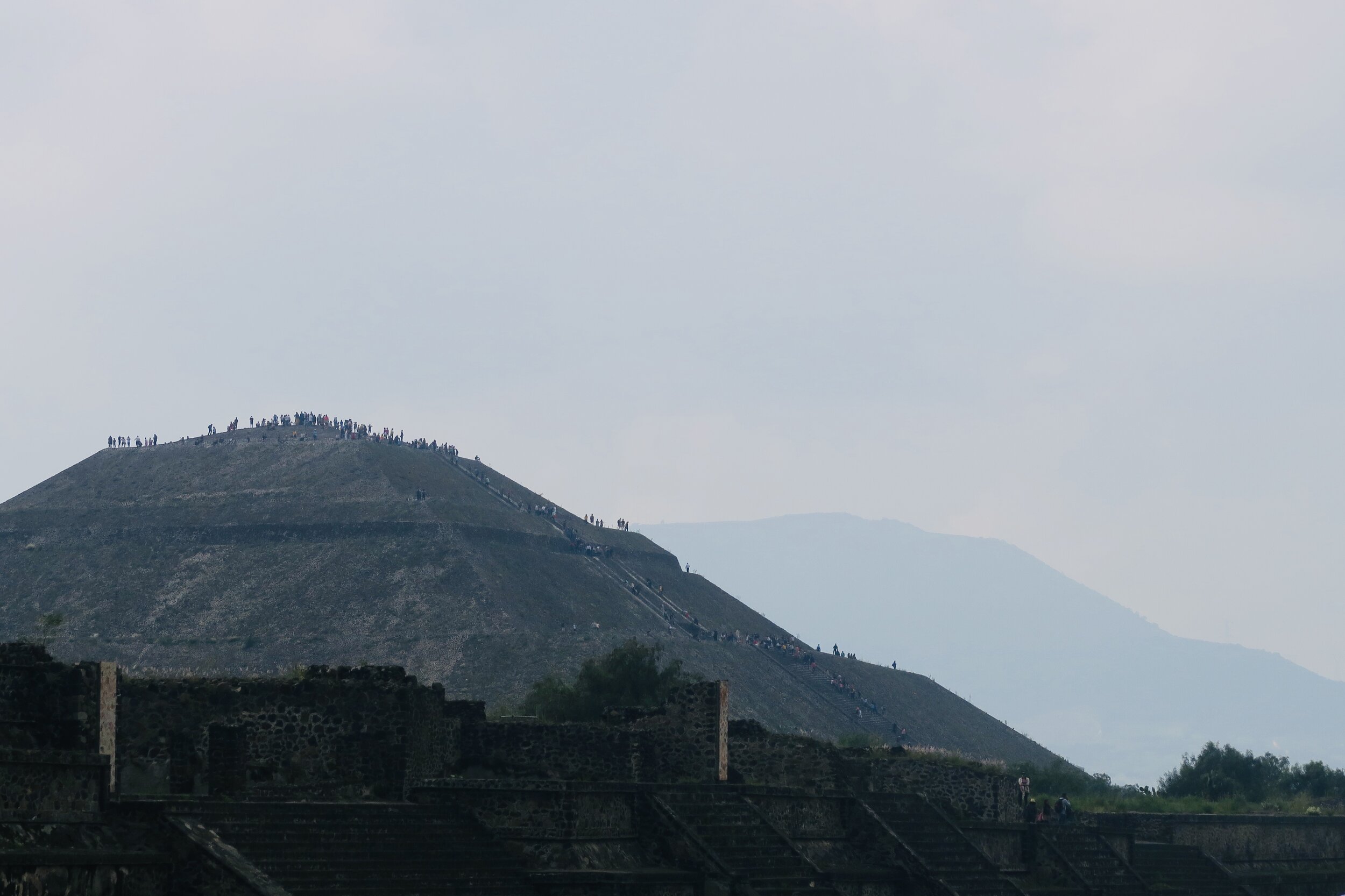
Teotihuácan’s immense Sun Pyramid.
Teotihuácan is a remnant of an ancient civilization ahead of its time. As I strolled its Avenue of the Dead, I got caught between a religious celebration and hoards of tourists performing “rain dances”.
Tourists at the top of the Sun Pyramid put their hands up to the sky in an attempt to make it rain.
Mexico City’s architectural diversity, diverse heritage, unique food scene, buzzling nightlife and array of street performances form a chaotic ensemble that perhaps only New-York can come close to.
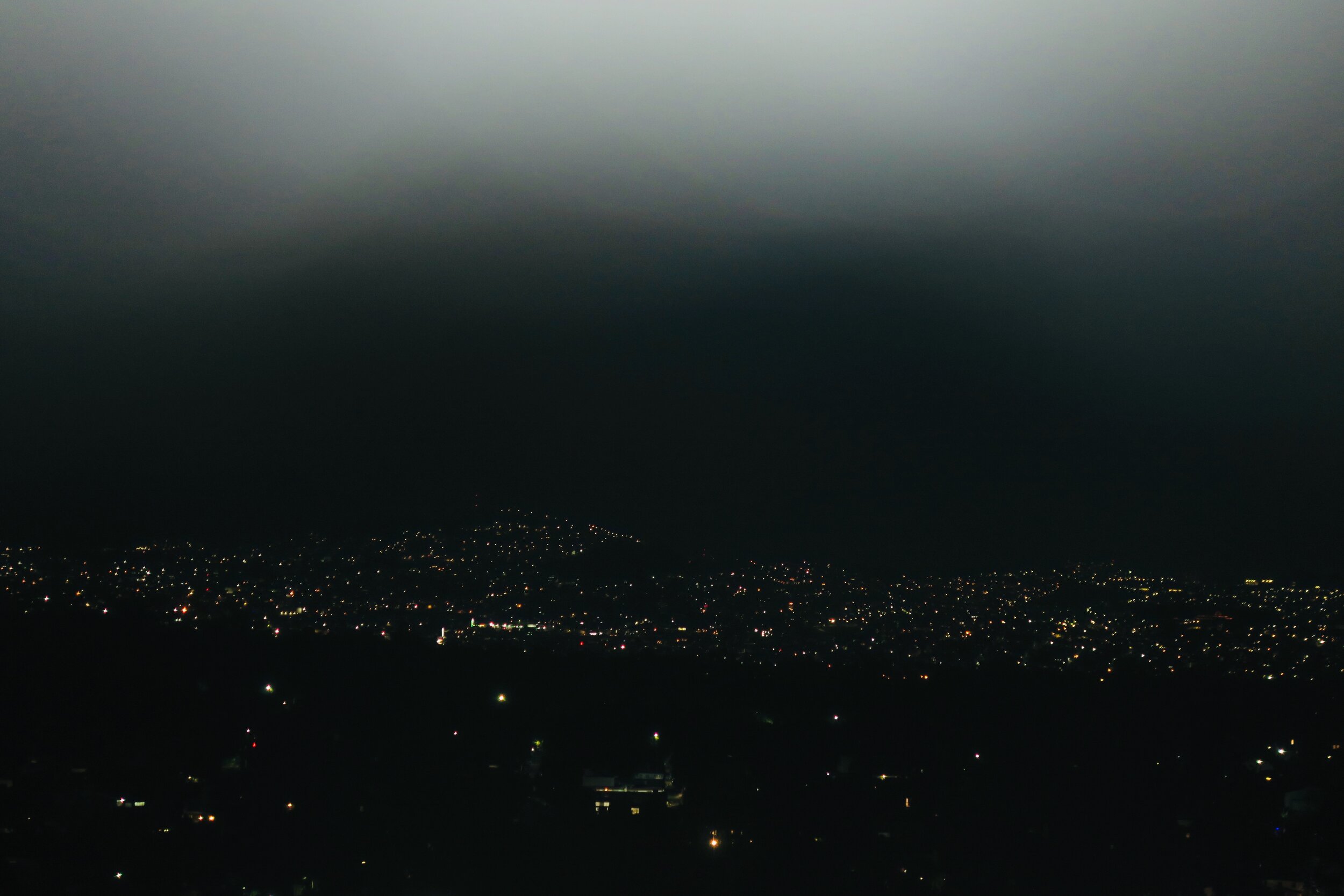
Mexico City’s endless skyline at night

